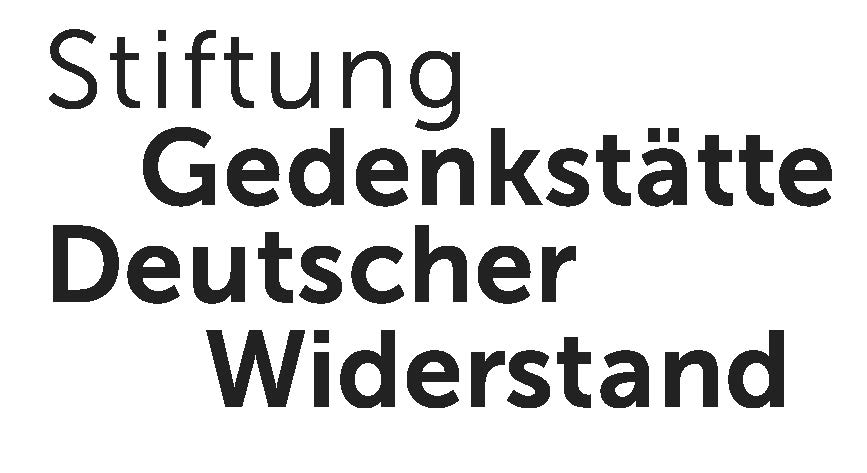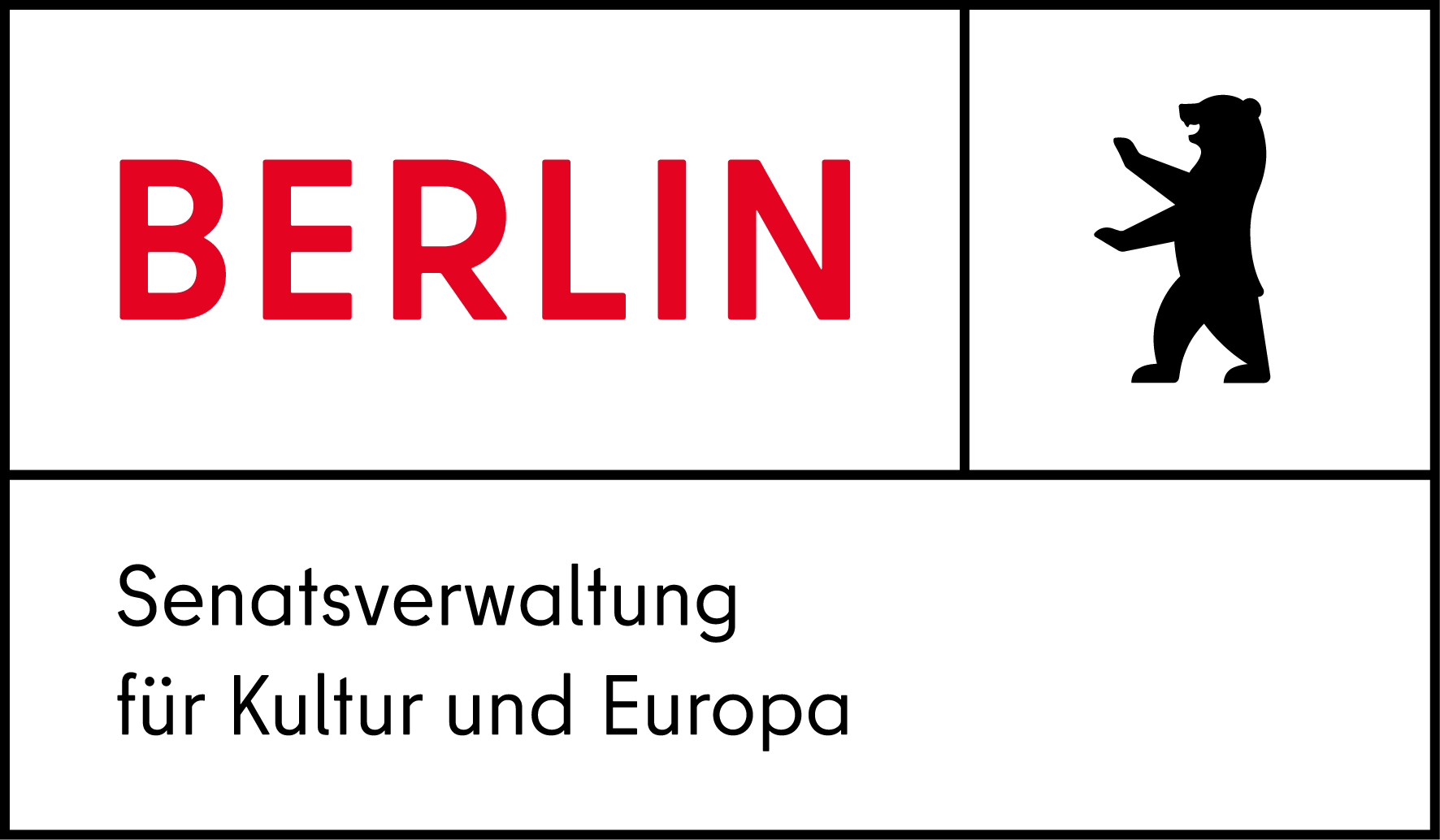
The Geography of International Investment / Venables, Anthony
May 2000 - Multinationals have become increasingly important to the world economy. Overseas production by U.S. affiliates is three times U.S. exports, for example. Who is investing where, for sales where? Much foreign direct investment is between high-income countries, but investment in some develop...
Saved in:
| Main Authors: | Venables, Anthony, 1953- |
|---|---|
| Other Authors: | Shatz, Howard J., 1960- |
| Format: | Online-Resource |
| Language: | English |
| Published: | Washington, D.C : The World Bank, 1999 |
| Subjects: | |
| Online Access: | URL des Erstveröffentlichers |
| Summary: | May 2000 - Multinationals have become increasingly important to the world economy. Overseas production by U.S. affiliates is three times U.S. exports, for example. Who is investing where, for sales where? Much foreign direct investment is between high-income countries, but investment in some developing and transition regions, while still modest, grew rapidly in the 1990s. Adjusting for market size, much investment stays close to home; adjusting for distance, much heads toward the countries with the biggest markets. Foreign direct investment is more geographically concentrated than either exports or production. Thus U.S. affiliate production in Europe is 7 times U.S. exports to Europe; that ratio drops to 4 for all industrial countries and to 1.6 for developing countries. Multinational activity in high-income countries is overwhelmingly horizontal, involving production for sale to the host country market. In developing countries, a greater proportion of multinational activity is vertical, involving manufacturing at intermediate stages of production. Thus only 4 percent of U.S. affiliate production in the European Union is sold back to the United States, whereas for developing countries the figure is 18 percent, rising to 40 percent for Mexico. Similarly, less than 10 percent of Japan's affiliate production in the EU is sold back to Japan, compared with more than 20 percent in developing countries. In models of horizontal activity, the decision to go multinational is a tradeoff between the additional fixed costs involved in setting up a new plant and the savings in variable costs (transport costs and tariffs) on exports. In models of vertical activity, direct investment is motivated by differences in factor costs. |
|---|---|
| Item Description: | Weitere Ausgabe: Venables, Anthony: The Geography of International Investment |
| Physical Description: | 1 Online-Ressource (34 Seiten) |

